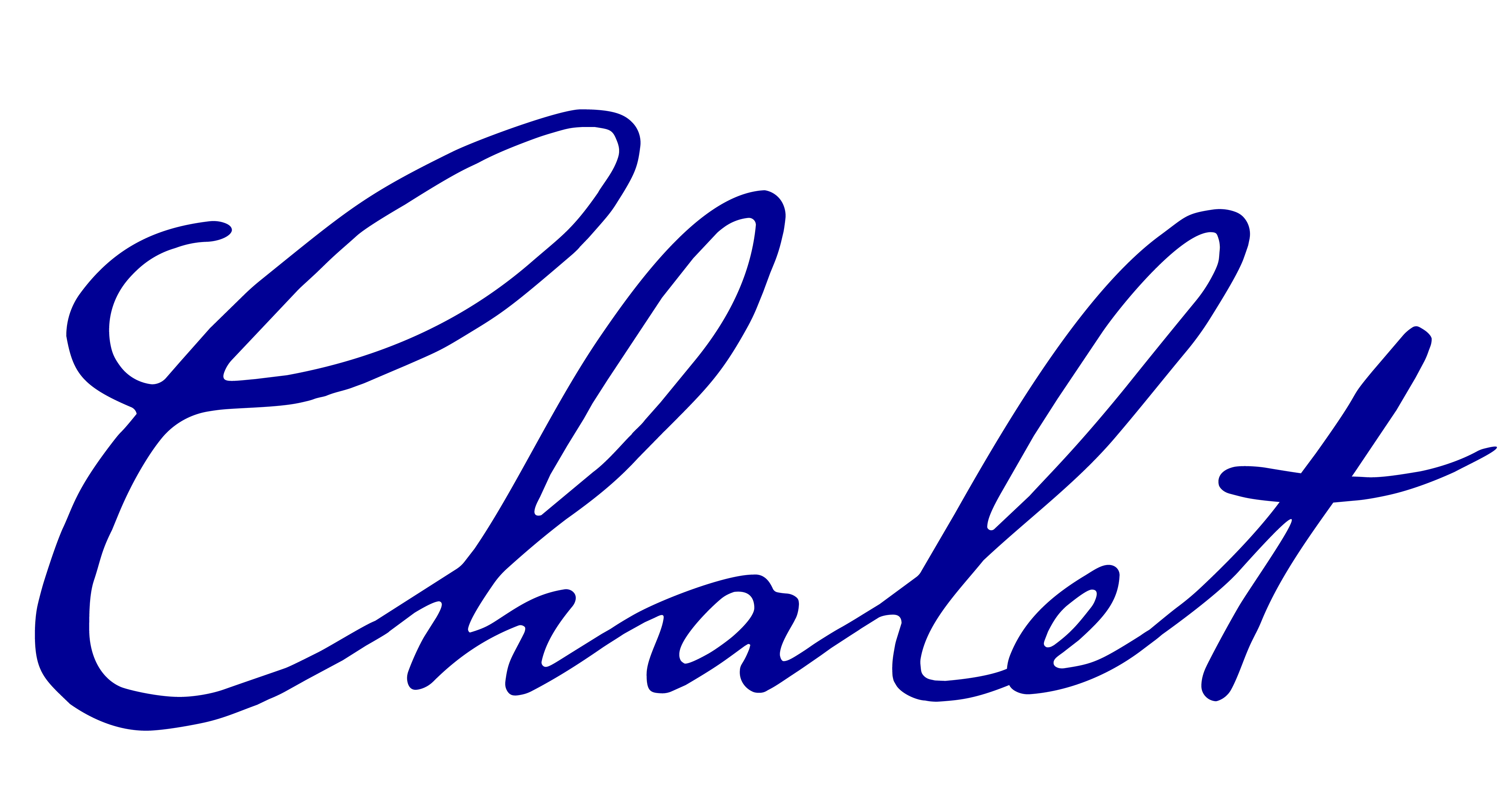
Ode to the Honey Bee
National Pollinator week is great time to celebrate and thank our friendly insects for their time and effort they put forth. The European Honeybee, which is one of the most commonly known and ubiquitous friendly flyers, works very hard to keep her colony healthy and strong. In order to do that, there are a few basic needs that a honeybee and her colony (hive) have, the most important being nectar and pollen. Below are some fun facts that I try to take into consideration while designing landscape projects.
By selecting the right plants we can help beneficial pollinators stay productive and strong. Below are a few of my favorite summer blooming plants that might work in your garden. Read ahead for more information on why each selected plant is specifically good for your garden.



A few fun facts about Pollinators, foraging and Honeybee Plants:
- Bees recognize flowers by their form, color, and scent.
- Honeybee nutrition and health can be strengthened by incorporating bee friendly plants in your garden. Floral diversity within landscape design is beneficial.
- They will collect nectar (carbohydrate/ sugar source) as well as pollen (protein source), which provides vitamins and minerals for the bees to feed to their colony.
- Honeybees have specific tasks within their colony. Worker bees collect nectar, pollen, and water to bring back to their hive.
- Flowers provide ‘nectar guides’ which is what pollinators see from afar. Some of these nectar guides are only visible to the honey bee using their ultraviolet sensitive eyes.
- Scent of flower and shape of flower are the more powerful attractants. Once scout bees find a new food source, they will arrive back to their colony and perform a specific dance which signifies where the food source is and how far way it is located.
- Research shows by studying pollen type that honeybees keep to flower consistency.
- Different flowers provide different types of pollen with different vitamins and minerals. This is why it’s important for us to plant a variety to of plants. Plant diversity gives the honeybee a more balanced and health diet.
- Bees collect nectar using their proboscis, which is tube-like tongue.
- Honeybees have tiny hairs all over their body which help collect pollen when they are foraging. The majority of the pollen collected while foraging is raked off of the tiny hairs with their legs, onto the rear pollen sac or “pollen basket” along the hind leg of the bee. This pollen on the bee (many times are different colors depending upon the plant) can be seen with the naked eye while watching honeybees gather food in the garden. Honeybees are very fun to watch in the garden, I enjoy watching them on my coneflower and hydrangea shrubs.
- We need our honeybees, FDA research shows that honeybee pollination accounts for $15 billion in added crop value.
Plants that honeybees benefit from and are attractive during the summer months:
Bottlebrush Buckeye
A large shrub to help fill open spaces for naturalized look. Large white flowers are easy for honeybees and butterfly’s to access nectar and forage. The yellow color on the foliage is attractive during fall.


Botton Bush
A fast growing native shrubs that can tolerate wet soil. Many types of bees will forage on this plant for both nectar and pollen. This shrub can be used as an alternative to many types of Hydrangea if space allows.
Seven-son Flower Tree
My favorite pollinator plant! A small to medium ornamental tree with 4 seasons of interest. This tree is a honeybee and hummingbird magnet. Excellent source of nectar mid to last summer. On a sunny summer afternoon this tree will be engulfed with beneficial insects and pollinators looking for nectar. The beautiful creamy white flowers are followed by pink-red sepals that appear to look like a second bloom, some say that the pink sepals are just as beautiful if not more showy than the first flower set, the exfoliating bark during late fall and winter are of great ornamental interest. Also a good alternative for River Birch on sites that are sunny with good drainage.


Northern Catalpa
This tree is a bumblebee, honeybee and hummingbird favorite, as it’s easy to forage on florets. The beautiful orchid-like flower is visible from miles away and bees are able to see it while in flight. Good pollen and nectar source. This tree known for its large leaves and long, slender seed pods, it’s a slow growing shade tree intended for large areas or as a street tree. It is said to be an important honey plant in many parts of the country.
Clethra ‘Hummingbird’
A great shrub for damp areas. The long lasting, fragrant flowers are a hotspot for many types of pollinators including honeybees. The seed capsules and foliage add color and interest late in the season. Good low to medium sized shrubs to incorporate into the mid-layer of a planting bed.


Cardinal Flower
Great mid to late season herbaceous perennial that provides red color and architectural interest. Prefers rich, moist soil with some dappled shade. Good nectar source for pollinators.
Calamint ‘White Cloud’
As a reliable mid summer blooming perennial with trumpet shaped flowers that are easy for honeybees and smaller native bees to forage on for nectar. I like this variety as it does not flop over like some of the taller calamint varieties.


Adam Sturtewagen
Chalet Client Relationship Manager, Landscape Designer, Certified Arborist IL-9732A and Beekeeper.
Share
